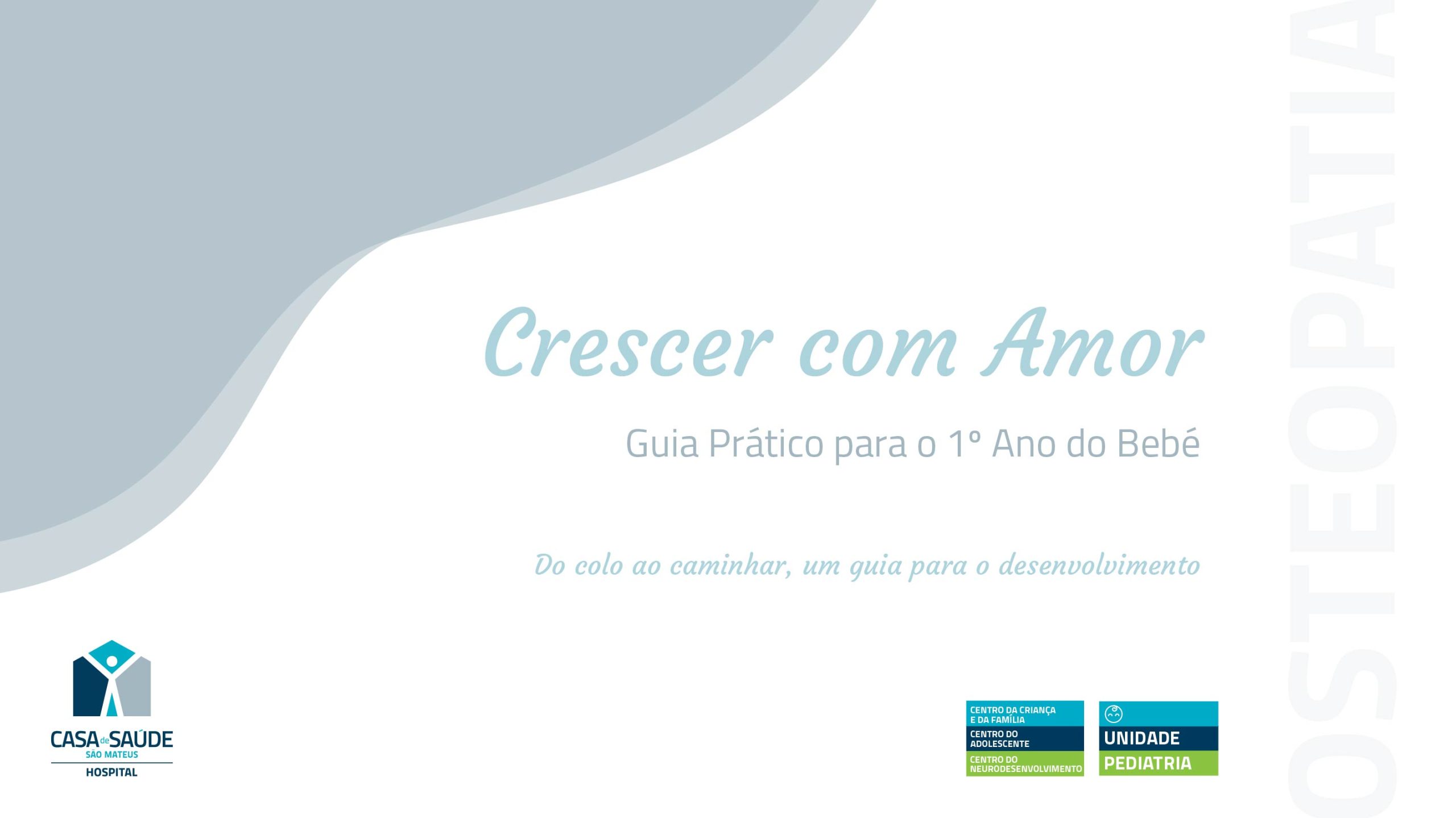Capítulo 7 – Um ano de primeiras vezes: Acompanhe cada etapa do desenvolvimento psicomotor do seu bebé
-
-
-
-
Crescer com Amor: Guia Prático para o 1º Ano do Bebé
-
-
-
-
Um ano de primeiras vezes: Acompanhe cada etapa do desenvolvimento psicomotor do seu bebé
-
-
-
Bibliografia
-
-
Capítulo 7
● Campos, J. J., Anderson, D. I., Barbu-Roth, M. A., Hubbard, E. M., Hertenstein, M. J., & Witherington, D. (2000). Travel broadens the mind. Infancy, 1(2), 149–219. https://doi.org/10.1207/S15327078IN0102_1
● Clearfield, M. W. (2011). Learning to walk changes infants’ social interactions. Infant Behavior and Development, 34(1), 15–25. https://doi.org/10.1016/j.infbeh.2010.04.008
● Gabbard, C. (2018). Lifelong motor development (7th ed.). Pearson.
● Hadders-Algra, M. (2004). General movements: A window for early identification of children at high risk for developmental disorders. Journal of Pediatrics, 145(2), S12–S18. https://doi.org/10.1016/j.jpeds.2004.05.017
● Hannaford, C. (2005). Smart moves: Why learning is not all in your head (2nd ed.). Great River Books.
● Libertus, K., & Violi, D. A. (2021). Sit to talk: Relation between motor skills and language development in infancy. Frontiers in Psychology, 12, 630033. https://doi.org/10.3389/fpsyg.2021.630033
● Montessori, M. (2007). The absorbent mind (A. M. Joosten, Trans.). Clio Press. (Original work published 1949)
● World Health Organization. (2019). Guidelines on physical activity, sedentary behaviour and sleep for children under 5 years of age. https://www.who.int/publications/i/item/9789241550536
